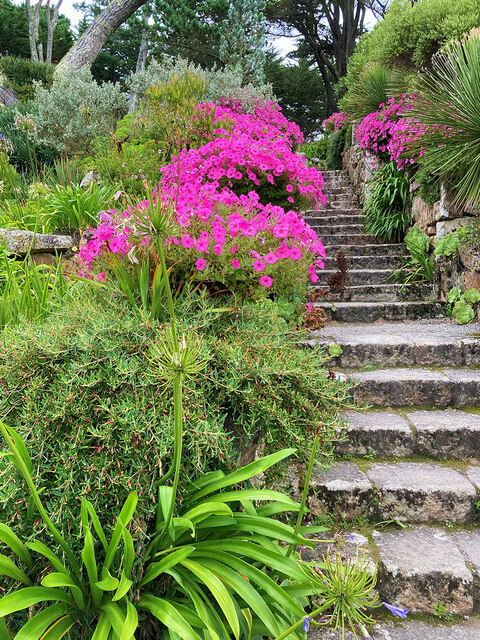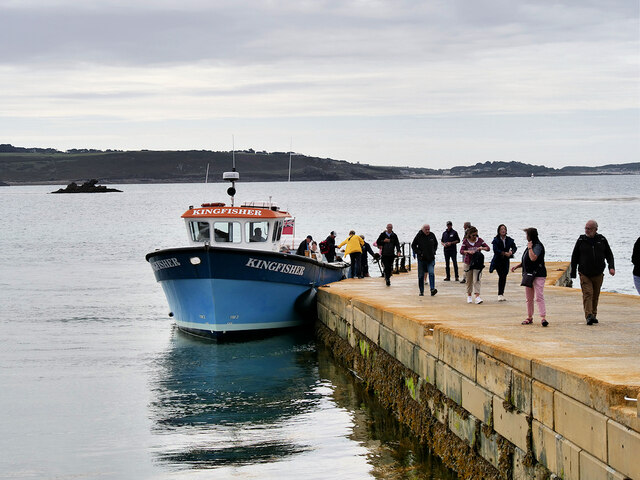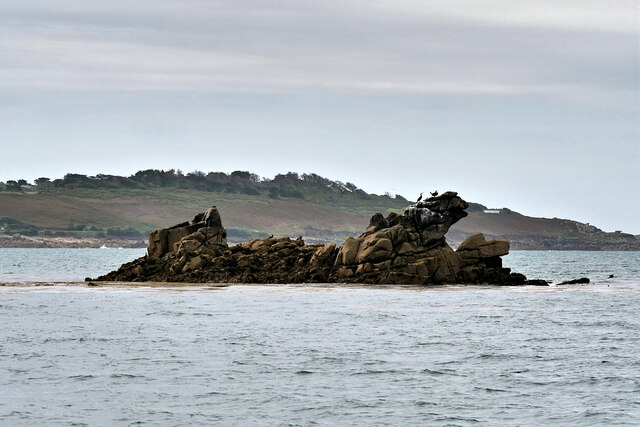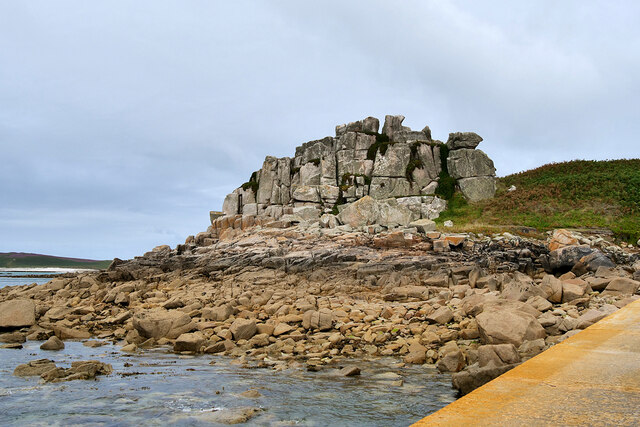West Craggyellis
Island in Cornwall
England
West Craggyellis

West Craggyellis is a picturesque island located off the coast of Cornwall, England. Situated in the Celtic Sea, it is part of the Isles of Scilly archipelago. The island is relatively small, measuring approximately 1.5 square kilometers in area.
West Craggyellis is characterized by its rugged and dramatic landscape, with rocky cliffs and rolling hills dominating the scenery. The island boasts several beautiful sandy beaches, including the popular Porth Craggyellis, which attracts both locals and tourists alike. These beaches offer stunning views of the Atlantic Ocean and provide opportunities for swimming, sunbathing, and coastal walks.
The island is also home to a diverse range of flora and fauna, with several species of seabirds and marine life inhabiting the surrounding waters. Nature enthusiasts can explore the island's wildlife by following the numerous walking trails that crisscross the landscape, providing breathtaking views of the surrounding sea and neighboring islands.
West Craggyellis has a rich history, with evidence of human occupation dating back to prehistoric times. The island has several ancient ruins, including a medieval chapel and a Celtic burial site, which serve as reminders of its past. Additionally, the island is known for its traditional fishing industry, with local fishermen still practicing their trade today.
Access to West Craggyellis is primarily by boat, with regular ferry services operating from nearby St. Mary's island. Once on the island, visitors can enjoy the tranquility and natural beauty that this hidden gem of Cornwall has to offer.
If you have any feedback on the listing, please let us know in the comments section below.
West Craggyellis Images
Images are sourced within 2km of 49.947841/-6.3107101 or Grid Reference SV9014. Thanks to Geograph Open Source API. All images are credited.














West Craggyellis is located at Grid Ref: SV9014 (Lat: 49.947841, Lng: -6.3107101)
Division: Isles of Scilly
Unitary Authority: Isles of Scilly
Police Authority: Devon and Cornwall
What 3 Words
///direction.rosier.buggy. Near Tresco, Isles of Scilly
Nearby Locations
Related Wikis
Tresco Priory
Tresco Priory is a former monastic settlement on Tresco, Isles of Scilly founded in 946 AD. It was re-founded as the Priory of St Nicholas by monks from...
Tresco Heliport
Tresco Heliport (ICAO: EGHT) is a heliport located on the island of Tresco, in the Isles of Scilly off the southwest coast of England, UK. The heliport...
Tresco Abbey Gardens
Tresco Abbey Gardens are located on the island of Tresco in the Isles of Scilly, United Kingdom. The 17 acre gardens were established by the nineteenth...
Oliver's Battery, Tresco
Oliver's Battery is a ruined artillery battery on the island of Tresco in the Isles of Scilly off of Cornwall, England. It was built by the Parliamentarian...
Have you been to West Craggyellis?
Leave your review of West Craggyellis below (or comments, questions and feedback).






